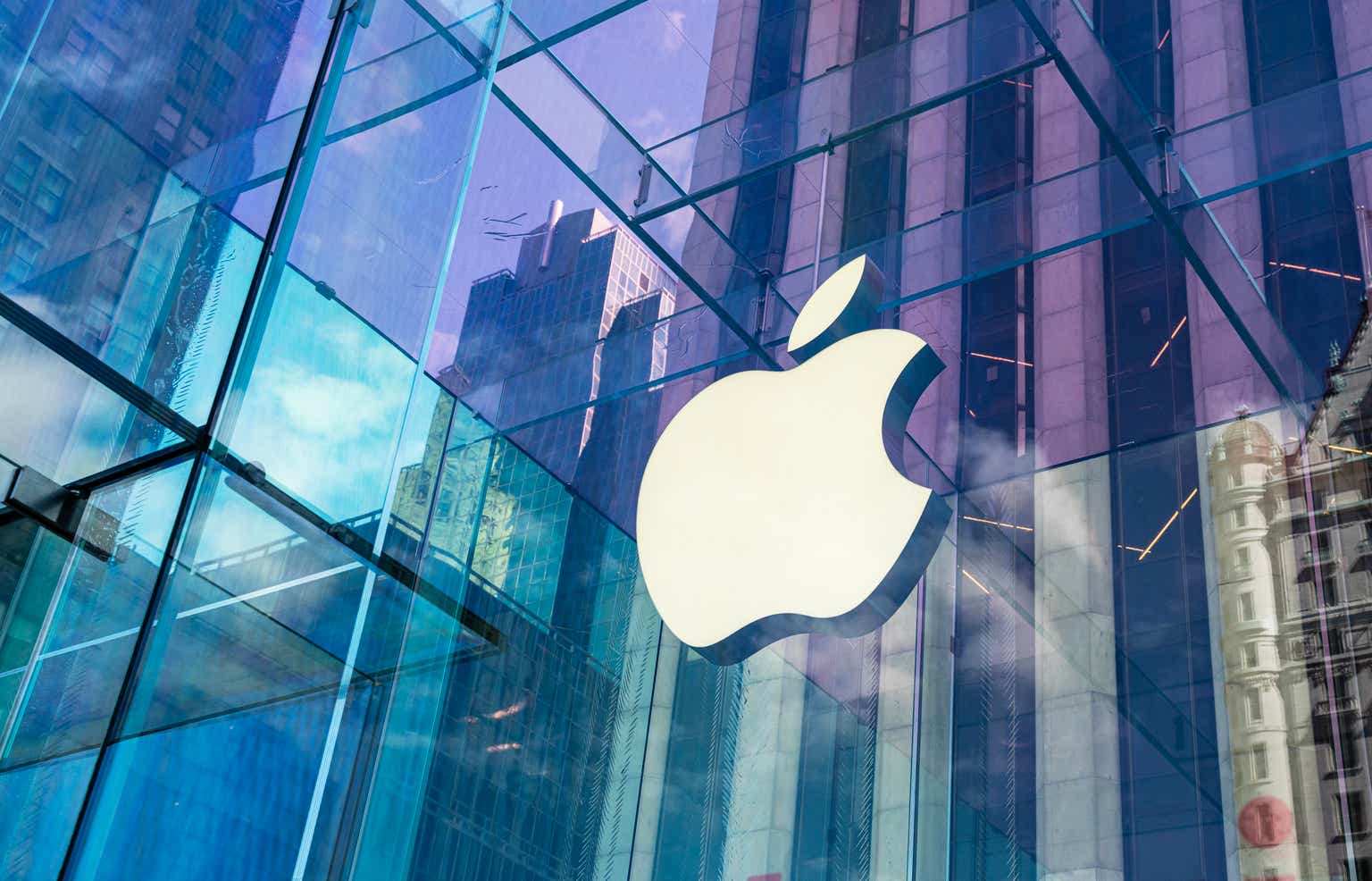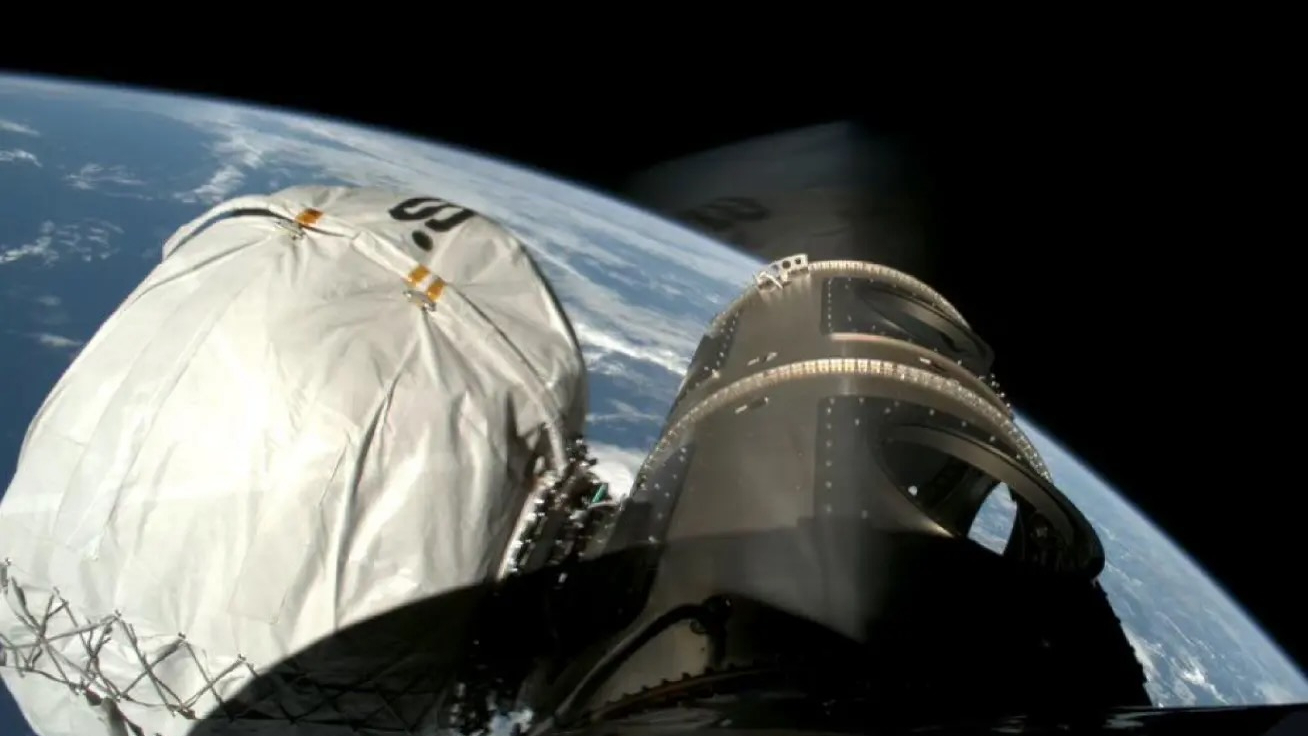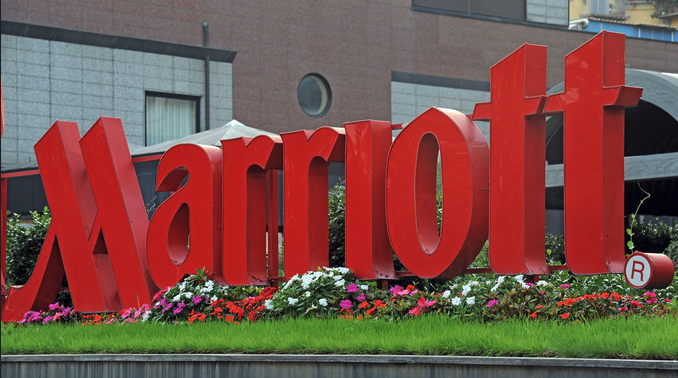How the U.S. Lost the Canadian Election
Trump’s threats to annex Canada reversed its political trend—but they should not reverse its commitment to free trade.

Donald Trump pushed the Conservative Party of Canada down the political stairs. Yesterday, on Canada’s election day, he tossed a farewell bucket of slop after the tumbling Conservatives, with a final Truth Social post urging Canadians to see their choice as a verdict on him personally. As Trump gleefully confided in an interview with The Atlantic posted that same day, he knew perfectly well that the overwhelming majority of Canadians hate him. “I was disliked by enough of the Canadians that I’ve thrown the election into a close call, right?” In the event, it wasn’t even that close a call: Canada’s Liberals held on to power that, months ago, they were firmly forecast to lose. But on the principle of being “the corpse at every funeral, the bride at every wedding and the baby at every christening,” as Alice Roosevelt Longworth said of her father, Teddy, Trump enjoys redirecting attention to himself even if the attention is hostile.
As recently as January, the Canadian Conservatives held a 20-plus-point lead over the incumbent Liberals. The general verdict on Justin Trudeau’s nine years as prime minister was overwhelmingly negative. Trudeau’s policies of lavish government spending and higher taxes discouraged business investment. Low investment translated into slow growth of business productivity, lagging far behind the United States over the same period. Confronted by the problem that Canadians were not increasing their per capita output, Trudeau responded by accelerating immigration intake as an alternative way of boosting economic growth: If Canada couldn’t use labor more efficiently under his leadership, at least there would be more labor to use. Canada already had very high levels of immigration pre-Trudeau; he raised the targets even higher, while failing to make provision for more housing construction. The result was a steep climb in home values and apartment rents, pricing young people out of the major job centers.
Conservative Party leader Pierre Poilievre counted on the housing issue to elevate him to the prime ministership. Instead, Poilievre lost his own seat in Parliament. This was Trump’s doing.
Trump’s tariff war against Canada’s economy, aggravated by his repeated threats to annex Canada, upended the Canadian election. An election that would otherwise have punished the Liberals for Trudeau’s bad economic management was transmuted into a referendum on Canada’s continued national existence.
The transmutation favored the Liberals for three big reasons.
First, over the past half century, the Liberals identified as the more America-skeptical of Canada’s two major parties. When Canadians feel warm toward the United States, they look to Conservatives to bind the two countries more closely together. When they feel afraid, they look to Liberals to lock the gates against their southern neighbor.
Second, some elements of the contemporary Conservative Party had imported Trumpy-sounding, MAGA-styled themes into Canadian politics. Poilievre endorsed the so-called trucker convoy that illegally closed streets in downtown Ottawa in early 2022. He mimicked Trump’s “America First” slogan with his own “Canada First.”
Third, Trump’s trade war with Canada created a demand for a Canadian leader who looked adept, accomplished, and safe. Poilievre gained the Conservative Party leadership as a kind of mirror-Trudeau: He is also the father of a young family, a master of social media, and an ideological leader in a nonideological country, but from a humble background rather than Trudeau’s princely one. Even as Trump’s self-insertion into the election crushed Conservative poll numbers, Poilievre’s personal rating held up when pollsters asked about his capacity to help Canada’s young people with their problems. But as Trump kept menacing Canada, the desire for a sympathetic leader was rapidly replaced by the clamor for an effective one.
The Liberals deftly replaced Trudeau with Mark Carney, a former governor of the Bank of Canada and then governor of the Bank of England. Since leaving public service, Carney accumulated a fortune as the chairman of a Canadian asset-management company that had shifted its operations to New York. In another political moment, that elite background would not have been an asset, but now Canadians turned to this “cutthroat capitalist,” as one publication put it, to defend them against Trump.
[Read: The Liberals who can’t stop winning]
Along the way, Canadians have sent a strong message to Americans. Trump vows to make America great again, to raise respect for America in the world. His effect on next-door Canada, however, has been to demolish America’s reputation.
That has also pushed Canada away from free markets, and back to the statism and protectionism of the Canadian past—which will be to America’s detriment. Under the long tenure of Prime Minister Pierre Trudeau in government (from 1968 to 1984, with a break in 1979–80), Canada restricted U.S. investment, discriminated against American companies that operated in Canada, and invested public funds to create state-owned industries, especially in energy. Those policies were repudiated and reversed by the Conservatives in the 1980s—a reversal that was sustained by the Liberal governments of the 1990s. All the way until 2025, then, both parties maintained a consensus in favor of open trade and a limited role for government in markets.
Trump shattered that consensus. During this election, both Carney and Poilievre promised new interventionist policies to promote Canadian industry. This change of course is not yet a full return to the 1970s, but the retro mood is gathering. Neither is Canada an outlier here: Other countries are also responding to U.S. tariffs not only with retaliatory tariffs, but also with subsidies and other forms of preference to domestic producers. As supply chains are chopped, local favoritism flourishes—and everywhere, American influence lessens.
The United States once led the way in creating global rules of trade that tied together all free economies. Under Trump, the U.S. is retreating from that leadership, isolated and friendless. The American domain is no longer the whole planet, just one continental corner: Fortress America. Some of the people in Trump’s orbit—Treasury Secretary Scott Bessent and Commerce Secretary Howard Lutnick are of this faction—seem to imagine that the United States’ Mexican and Canadian neighbors can be bullied into an enlarged Fortress North America, subservient tenants submitting to whatever terms their dominant landlord imposes on them.
The Canadian election result cautions against the Fortress North America concept, at once so domineering and so naive. Other countries have politics, too. Trump’s determination to create a protected and controlled U.S. economy invites other nations to follow the same mutually impoverishing path. Even the weak have weapons. The targets of Trump’s economic aggression will accept greater hardship to preserve their dignity than American voters will for the privilege of acting like arrogant menaces.
In the years after the Second World War, Canadian diplomats played an outsize role in the reconstruction of the global economy. The new Canadian government ought to find inspiration in that history, rather than rummage through the self-harming choices of the Pierre Trudeau years. In the absence of U.S. leadership, those whom America once led must turn to one another for encouragement. They can only wait and hope that America will soon regret its deviation into corrupt, authoritarian, predatory trade politics, and return to its formerly inspiring role as economic freedom’s global champion.














































































